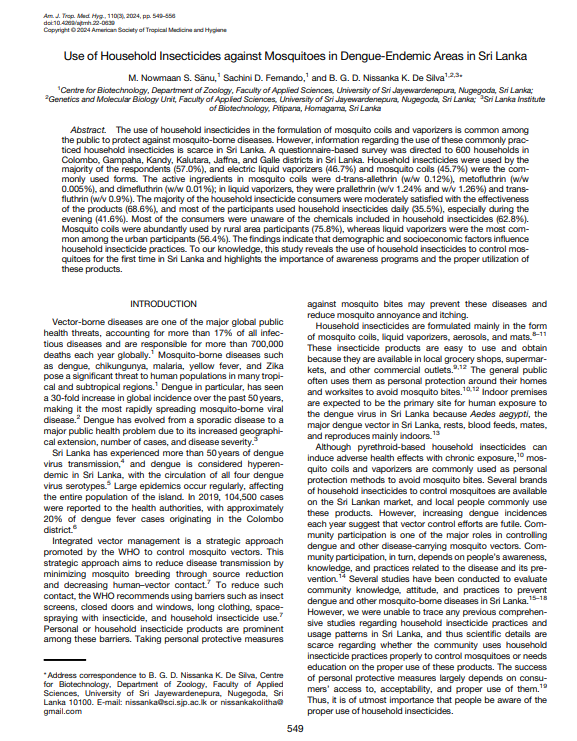Human fungal diseases are infections caused by any fungus that invades human tissues, causing superficial, subcutaneous, or systemic diseases. Fungal infections that enter various human tissues and organs pose a significant threat to millions of individuals with weakened immune systems globally. Over recent decades, the reported cases of invasive fungal infections have increased substantially and research progress in this field has also been rapidly boosted. This review provides a comprehensive list of human fungal pathogens extracted from over 850 recent case reports, and a summary of the relevant disease conditions and their origins. Details of 281 human fungal pathogens belonging to 12 classes and 104 genera in the divisions ascomycota, basidiomycota, entomophthoromycota, and mucoromycota are listed. Among these, Aspergillus stands out as the genus with the greatest potential of infecting humans, comprising 16 species known to infect humans. Additionally, three other genera, Curvularia, Exophiala, and Trichophyton, are recognized as significant genera, each comprising 10 or more known human pathogenic species. A phylogenetic analysis based on partial sequences of the 28S nrRNA gene (LSU) of human fungal pathogens was performed to show their phylogenetic relationships and clarify their taxonomies. In addition, this review summarizes the recent advancements in fungal disease diagnosis and therapeutics.
With the increasing world population, identifying additional food sources is crucial. Mushrooms have long been considered a nutraceutical and are consumed globally, including in Sri Lanka. Due to its abundant biodiversity, there is a significant potential for diverse wild edible mushrooms in Sri Lanka. However, the identification of these mushrooms based on morphological characteristics can often be misleading. Molecular characterization ensures more accurate and reliable identification of mushrooms, yet it has not been conducted extensively in Sri Lanka. This study collected several wild edible mushroom samples from Colombo and Rathnapura Districts of Sri Lanka. The edibility of these wild edible mushrooms was confirmed based on traditional knowledge and later verified by published literature. Phylogenetic analyses based on maximum likelihood (ML) analyses of ITS rDNA sequence data and morphological characteristics were used to determine the identity of the collected mushrooms. In this study, six edible mushrooms, Calvatia candida, Pleurotus giganteus, Schizophyllum radiatum, Termitomyces heimii, T. microcarpus, and Volvariella volvacea were identified based on morphology and phylogeny. Calvatia candida and S. radiatum are reported as new records for Sri Lanka, while this is the first study conducted on molecular characterization of V. volvacea in Sri Lanka. Finally, this study aims to increase the research interest, cultivation, commercialization, and conservation of these identified edible mushrooms in Sri Lanka.
Metarhizium, a globally distributed genus, showcases adaptability to various habitats, predominantly in soil or intricate relationships as insect pathogens. Metarhizium spp. have become focal points in recent entomopathogenic fungal research due to their limited host range, safety profile, environmental friendliness, and scalability in mass production. Remarkably, certain Metarhizium species exhibit dual efficacy against both insect pests and plant pathogens, indicating their potential in biocontrol strategies for crop protection. This review underscores the practicality of Metarhizium species, particularly in their role as insect pathogens. Their crucial role in controlling harmful insect populations and addressing agricultural and health concerns through innovative biocontrol strategies was also emphasised. We identified that 11 Metarhizium species are currently employed worldwide as bioinsecticides. These species include Metarhizium acridum, M. anisopliae, M. brunneum, M. flavoviride, M. majus, M. humberi, M. guizhouense, M. novozealandicum, M. pemphigi, M. pingshaense, and M. rileyi. Among them, the most utilised species is M. anisopliae. Commercialisation of Metarhizium species as biological control agents was explored, showcasing their mass production methods and application in managing various insect pests. An updated multi-locus phylogenetic analysis based on a concatenated SSU, LSU, tef1, rpb1, and rpb2 sequences of Metarhizium species was performed to show their phylogenetic relationships. The review concludes with insights into modern biotechnological approaches, including genetic transformations, and integrated applications combining chemical products and entomopathogens to enhance effectiveness.
https://www.tandfonline.com/doi/full/10.1080/0028825X.2024.2325006
The use of household insecticides in the formulation of mosquito coils and vaporizers is common among the public to protect against mosquito-borne diseases. However, information regarding the use of these commonly practiced household insecticides is scarce in Sri Lanka. A questionnaire-based survey was directed to 600 households in Colombo, Gampaha, Kandy, Kalutara, Jaffna, and Galle districts in Sri Lanka. Household insecticides were used by the majority of the respondents (57.0%), and electric liquid vaporizers (46.7%) and mosquito coils (45.7%) were the commonly used forms. The active ingredients in mosquito coils were d-trans-allethrin (w/w 0.12%), metofluthrin (w/w 0.005%), and dimefluthrin (w/w 0.01%); in liquid vaporizers, they were prallethrin (w/v 1.24% and w/v 1.26%) and transfluthrin (w/v 0.9%). The majority of the household insecticide consumers were moderately satisfied with the effectiveness of the products (68.6%), and most of the participants used household insecticides daily (35.5%), especially during the evening (41.6%). Most of the consumers were unaware of the chemicals included in household insecticides (62.8%). Mosquito coils were abundantly used by rural area participants (75.8%), whereas liquid vaporizers were the most common among the urban participants (56.4%). The findings indicate that demographic and socioeconomic factors influence household insecticide practices. To our knowledge, this study reveals the use of household insecticides to control mosquitoes for the first time in Sri Lanka and highlights the importance of awareness programs and the proper utilization of these products.





